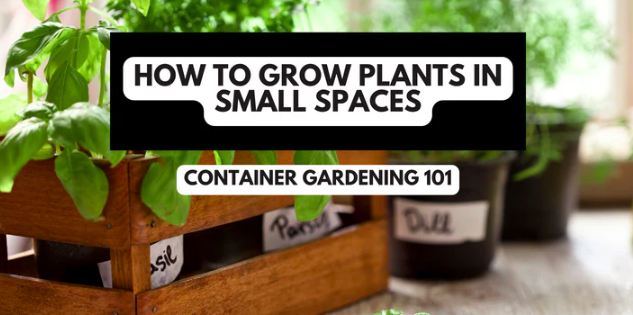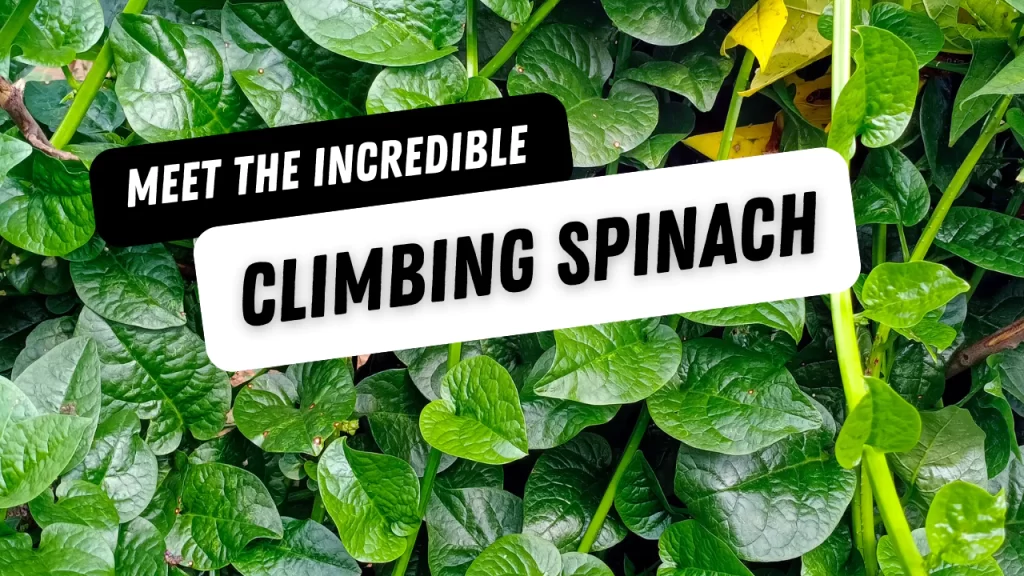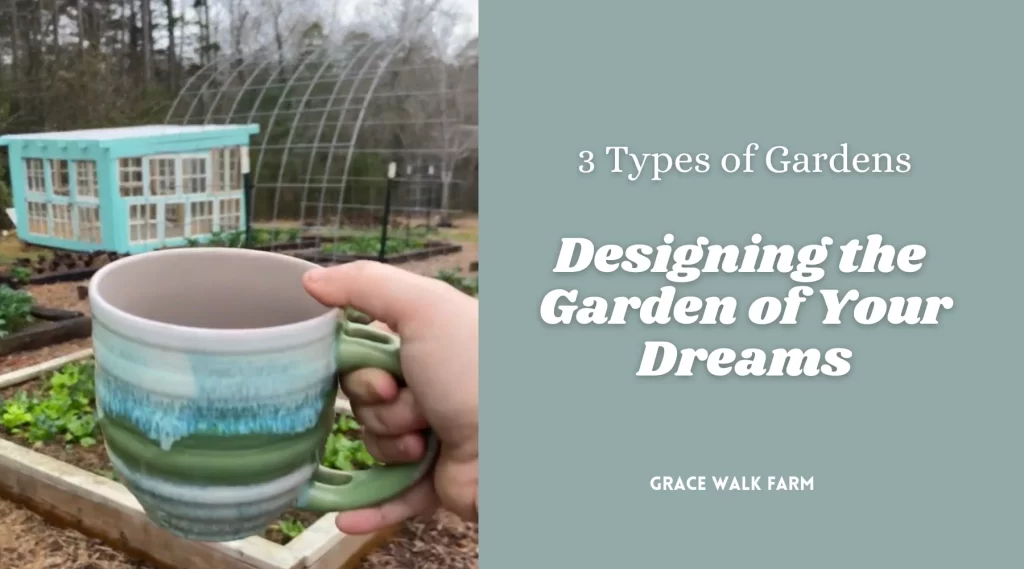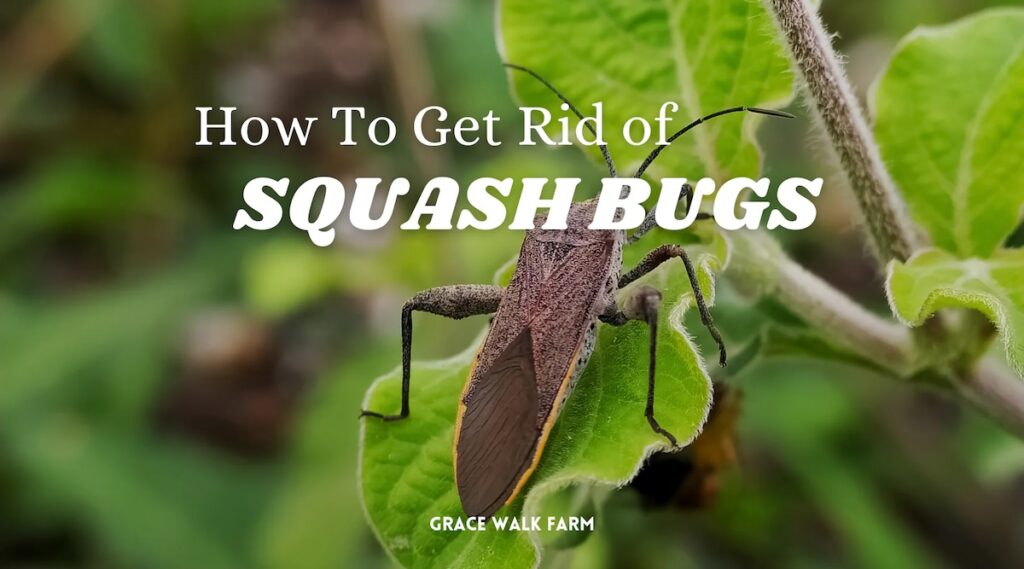Welcome to the world of container gardening! It’s like regular gardening, but without all the dirty knees and back pain. Plus, it’s perfect for those living in small apartments or with only a windowsill to call our own. In this blog post, we’ll cover everything you need to know to get started with container gardening. Get ready to grow your own veggies and upcycle containers to make garden beds.
Welcome to Grace Walk Farm, our family homestead in western NC. We share the highs and lows of our homestead journey, in hopes that it will encourage you to grow your own food too. Click here to grab our Beginner Garden Guide for free! Join our 600K strong Instagram community of homesteaders here. Thanks for stopping by!
Best Containers for Gardening
First things first, let’s talk containers. The good news is you don’t need to go out and buy expensive pots – you can use anything from a coffee can to a five gallon bucket. Just make sure your container is big enough for the plant you want to grow and has holes in the bottom for drainage.
If you’re feeling creative, try repurposing old items like boots or bathtubs. Rubbermaid storage totes make great little garden boxes when you add drainage holes. Here are more containers that work well for small space gardening.

photo from fleamarketgardening.org
Plastic pots: These are lightweight, affordable, and come in a variety of sizes and colors.
Clay pots: These are more expensive than plastic pots but are more porous, allowing for better drainage and aeration for plant roots.
Fabric pots: These are made of breathable fabric and are great for air pruning roots and promoting healthy growth.
Metal containers: These can include galvanized tubs or troughs, which are durable and can add a rustic or industrial look to your garden.
Wooden boxes: These can be custom-built or repurposed from other items, and can add a natural, rustic look to your garden.
Hanging baskets: These can be made of plastic, wire, or other materials, and are great for growing trailing plants or for adding height to a garden display.
Ceramic pots: These can come in a range of colors and styles, adding an aesthetic appeal to your garden display.
Recycled containers: These can include old buckets, wheelbarrows, or other repurposed items that can add a unique touch to your container garden.
Soil and Fertilizer for Container Gardening
You wouldn’t want to live in a crappy apartment, and neither do your plants. That’s why good soil is essential for container gardening. Look for a potting soil blend for raised bed gardens. I like this potting soil.
Plants grown in containers need more frequent fertilizer because they can quickly deplete the soil of nutrients. Choose a balanced organic fertilizer and use it every 2-3 weeks to feed your plants.
Plant Selection
Now, the fun part – choosing what to grow. The sky’s the limit with container gardening, so don’t be afraid to get creative. Love salsa? Grow some tomatoes and cilantro. Want to impress your crush with your green thumb? Try some beautiful flowers like petunias or impatiens. Just make sure to choose plants that are suited for your growing conditions and container size. And if all else fails, look for dwarf, bush, or determinate varieties.
Watering and Drainage
Watering is critical for container gardening, as the soil in containers dries out more quickly than in the ground. So make sure to water when the soil feels dry to the touch, but don’t go overboard – nobody likes a soggy bottom. And speaking of bottoms, make sure your containers have proper drainage to prevent water from building up and drowning your plants. Nobody likes a dead plant.
Care and Maintenance
Regular pruning and deadheading will keep your plants healthy and happy. And just like us, plants can get sick too. Keep an eye out for pests and diseases and treat them promptly. Finally, don’t forget about frost dates… don’t put any frost-sensitive plants outside until after your estimated last frost date.

Common Mistakes With Container Gardening
Container gardening may seem like a piece of cake, but it’s not always as easy as it looks. Here are some of the most common mistakes people make:
Choosing the wrong container – I get it, that giant ceramic pot looks super fancy, but if it doesn’t have drainage holes, your plants are going to drown. Make sure your container has proper drainage before you plant anything in it.
Overwatering – You know what they say, too much of a good thing can be bad. And that applies to water too. Don’t drown your plants with too much water. On the flip side, don’t forget to water your plants either! They need water to survive, so make sure you’re giving them enough to drink.
Choosing the wrong plants – Just because that tomato plant looks cute in the store, doesn’t mean it’s going to be happy in a container. Make sure you choose plants that are suited for container gardening.
Not giving your plants enough light – Plants need sunlight to grow, so make sure you place your containers in a spot that gets enough light. Don’t stick them in a dark corner and expect them to thrive.
Ignoring your plants – Don’t forget about your plants once you’ve planted them. They still need attention and care, just like a pet or a child. So make sure you’re checking on them regularly.

The Best Vegetables to Grow in Containers
Tomatoes – Tomatoes are a classic container plant and can be grown in large pots or hanging baskets. Choose determinate or bush varieties.
Peppers – Both sweet and hot varieties of peppers grow well in containers, making them a great choice for small-space gardening.
Lettuce – Lettuce is a fast-growing crop that can be harvested multiple times in one season, and it can be grown in shallow containers.
Beans – Bush beans are ideal for container gardens, and they can produce an abundant harvest in a small space with proper care.
Cucumbers – Cucumbers grow well in larger containers or hanging baskets, and they can be trellised for vertical growing.
Radishes – Radishes are a great choice for container gardening because they mature quickly and don’t require much space.
Carrots – Carrots can be grown in deep containers and produce a sweet and delicious harvest.
Spinach – Spinach is a cool-weather crop that can be grown in containers in the spring and fall.
Kale – Kale is a nutrient-dense superfood that can be grown in a container and harvested throughout the growing season.
Eggplant – Eggplants can be grown in larger containers or raised beds, and they produce a delicious harvest that’s perfect for grilling or roasting.
Zucchini – Zucchini is a prolific producer and can be grown in larger containers with plenty of space for the plant to spread out.
Peas – Peas can be grown in containers with trellises for vertical growing and produce a sweet and delicious harvest.
That’s it – you’re officially a container gardening pro! With a little bit of love and attention, your container garden will be thriving in no time. So go forth and impress your friends with your green thumb. And when they ask where you learned to garden, just tell them you have a secret gardening guru named Amber and send them to gracewalkfarm.org. 😉
Also check out these blogs:





